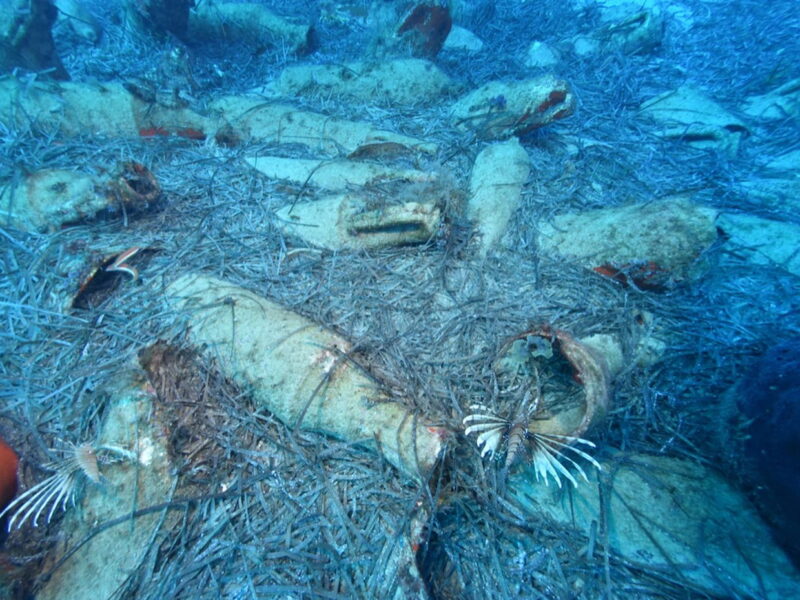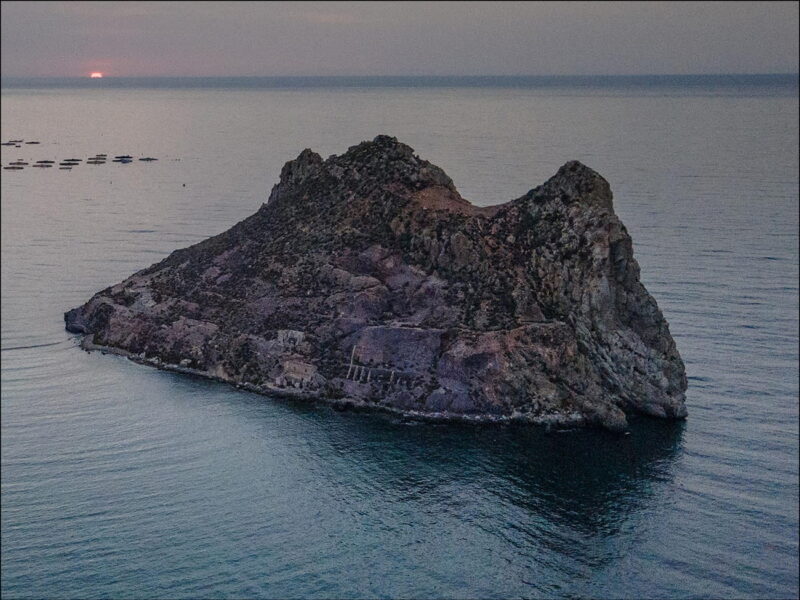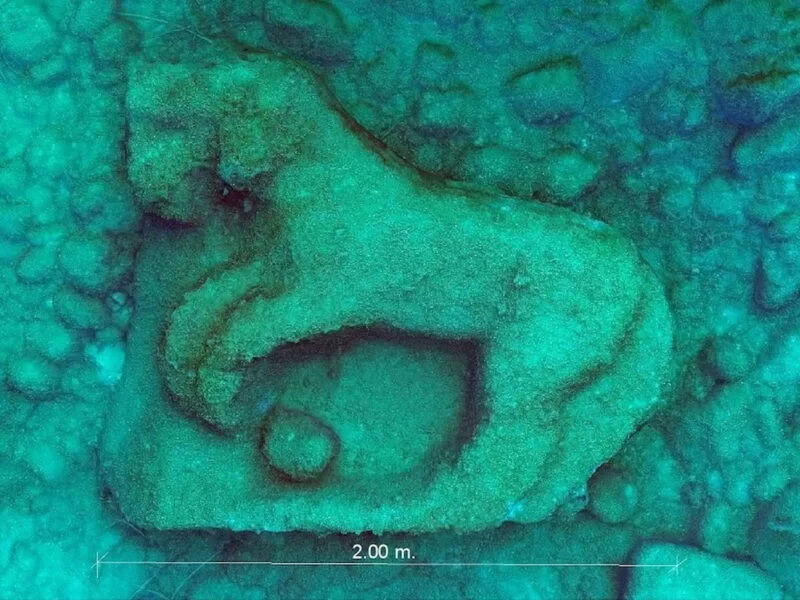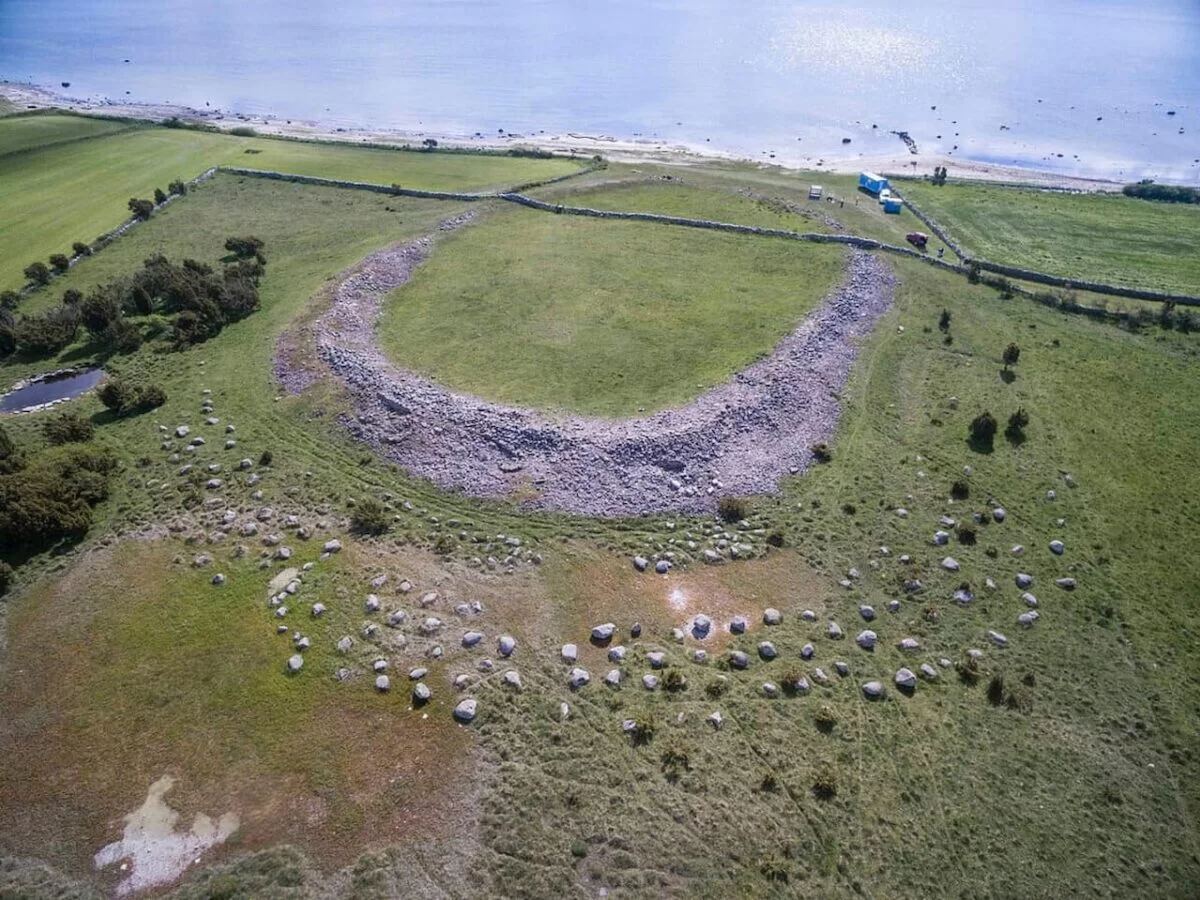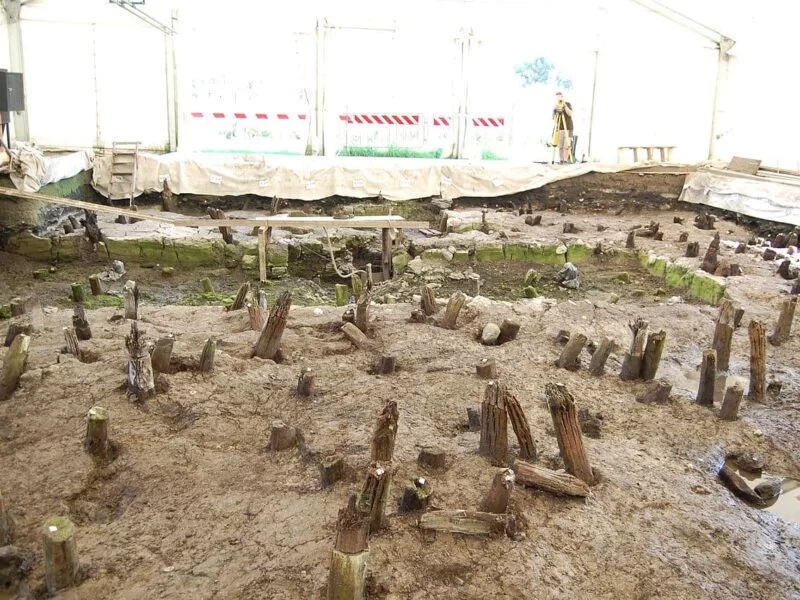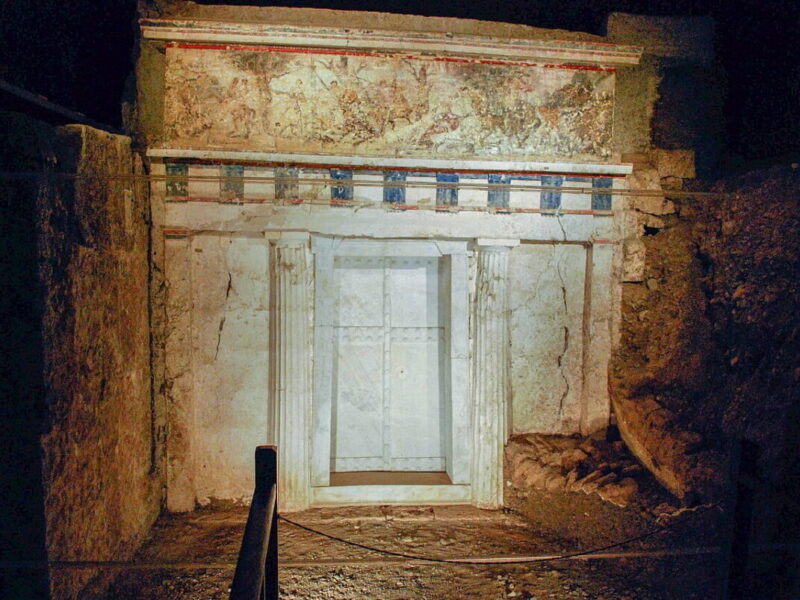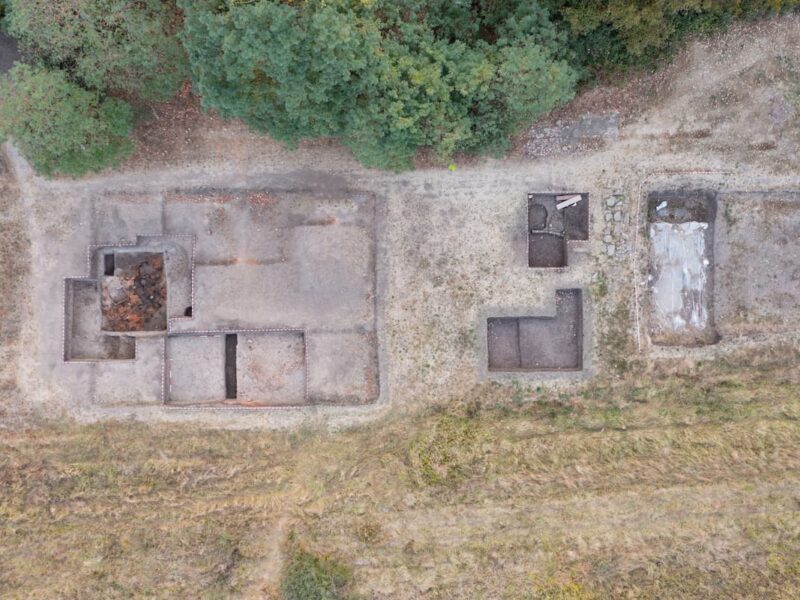Researchers from the universities of Cádiz and Catania are excavating the Portopalo di Capo Passero site in southeast Sicily to study the origin and development of the fish salting industry in the Mediterranean during the Greco-Roman period.
According to archaeologists, Portopalo was the oldest known example of salting factories in the Central Mediterranean. Its origins date back to the 5th century BC, making it one of the longest-lasting fish salting settlements in Sicily, as this activity continued until the 5th century AD.
Moreover, due to the large number of documented tanks – about 70 – Portopalo must have had one of the highest fish salting production volumes in the ancient world. Only Lixus in Morocco or Troia in Portugal would surpass its production capacity.

The ArcheoFish project, started in 2019, is allowing researchers to excavate and study in detail the different salting factories located in Portopalo. Thanks to this, researchers are extracting abundant information about the fishing and production techniques used, the captured and processed species, or the materials and containers used for the transport and trade of these fish preserves.
Among the most significant findings are numerous remains of bluefin tuna, such as vertebrae, fins, or even whole skulls.
The study of these remains is providing essential data on the size of the captured specimens or the techniques of butchering and filleting applied.

Likewise, evidence has been found in Portopalo of the production of salted tuna loins and fillets, in the form of scales and marks of straight cuts. Other documented species include sharks, swordfish, mollusks, and oysters, highlighting the diversity of exploited marine resources.
The 2023 excavation of the cetaria or Salting Factory I has allowed determining its architecture and constructive evolution between the 5th and 4th centuries BC, documenting a new model of smaller tank.
The analysis of the abundant recovered ceramic materials is crucial for understanding the consumption habits and diet of the population. Pieces of black varnish, sigillatas, and kitchen ceramics such as mortars or casseroles stand out.

The types of amphorae used to transport the salted products have also been identified, allowing to specify that the production of tubular amphorae began in Portopalo in the 3rd century BC, earlier than previously thought.
The application of various analytical techniques is expanding knowledge about this site: residue analysis to identify wine production, pollen studies to know the aromas of garum, ancient DNA analysis of tuna, etc.
The extensive occupation of Portopalo and the magnitude of its production confirm the relevance of this site for the study of the origins and development of the fish salting industry in the Mediterranean, a key sector of the economy in antiquity.
Sources
Discover more from LBV Magazine English Edition
Subscribe to get the latest posts sent to your email.



